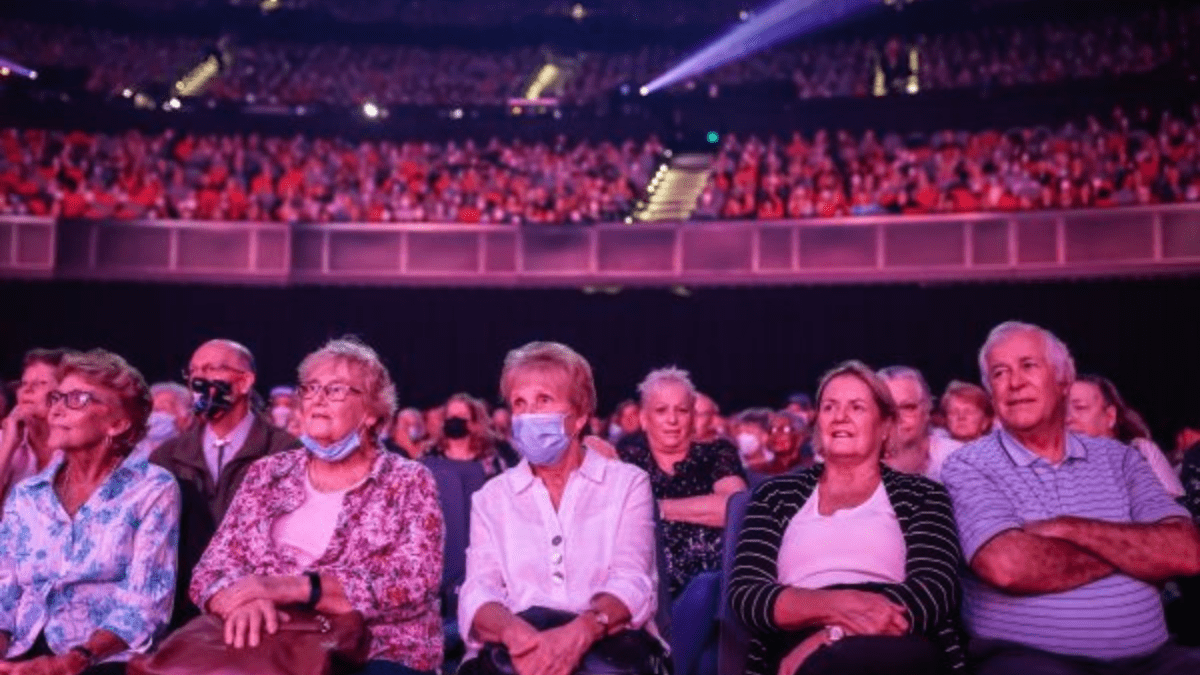Super guarantee debate goes another round
The debate about whether compulsory employer superannuation contributions should be increased from the current level of 9.5 per cent is constantly simmering, waiting for the next opportunity to boil over.
Treasurer Josh Frydenberg turned up the flame last week, when he announced the appointment of the independent panel to review the retirement income system.
It was only a couple of month ago that the Grattan Institute published research arguing that increasing the superannuation guarantee to 12 per cent would leave many Australian workers poorer over their lifetimes.
In response, the Association of Superannuation Funds of Australia and separately actuarial consultant Rice Warner attacked Grattan’s position.
Grattan says more money going into super means less money in wages, with little or no increase in retirement income. If the level of compulsory super goes up to 12 per cent by 2025, which is the current government policy, it will take $20 billion a year from workers’ pockets.
There is a tradeoff between superannuation pension income and the Age Pension. Most people get a part-pension to supplement their superannuation income stream at some point during their retirement. Many get it from the day they retire.
Grattan says higher superannuation pension income reduces the part-pension without any overall increase in income. “Just about all of the extra income from a higher super balance at retirement would be offset by lower pension payments, due to the pension assets test,” it says.
The net effect is a loss of wages but the same, or in some cases less, retirement income.
Grattan says the big winners from higher compulsory employer contributions would be high income earners, who would be unlikely to receive any Age Pension.
“Higher compulsory super redistributes income from the middle to the top. Middle income earners would be no better off, but poorer while working.”
Grattan also argues that the 9.5 per cent compulsory rate will give most people a more than adequate level of retirement income
Rice Warner says that at the current rate of 9.5 per cent, the superannuation guarantee will provide a dignified retirement for most people, warding off poverty, in conjunction with the Age Pension.
However, it will not provide everyone with a reasonable replacement rate, nor a comfortable retirement. A higher SG improves the position for more people and has the advantage of also reducing long-term Age Pension costs.
Rice Warner says Grattan’s analysis “has less to do with the SG level, but is more about the issue of means testing of the Age Pension.”
It says a reasonable objective of the system is to make people more self-sufficient in retirement and less reliant on the Age Pension.
Rice Warner disagrees with Grattan’s argument that an increase in the SG helps the rich. It says: “Though large tax concessions are provided to those on high incomes, increasing the SG does less proportionally for the rich because the SG is not paid on income above $221,080 a year and concessional contributions are capped at $25,000.”
“On the other hand, increasing the SG provides a boost to those on lower incomes with little, if any, tax concessions, though these people will still expect to receive an Age Pension.
“It could be argued that some people on very low incomes would prefer salary rather than the SG but that could be achieved through improved benefits under the current tax and transfer system.”
Rice Warner estimates that increasing the SG to 12 per cent would reduce the cost of the Age Pension to close to 2 per cent of GDP by the end of the century – a low level compared with other countries.
And it would increase the quality of life for the majority of Australian retirees.
The Association of Superannuation Funds of Australia has also criticised Grattan, saying: “The data actually shows that for a person on income of $60,000 a year – around the median wage – the increase in the SG will boost retirement savings from $299,000 to $368,000. This will boost retirement income from $38,900 to $40,950 a year, according to ASIC’s MoneySmart calculator – an increase of 5.3 per cent a year.”
ASFA says Grattan has only considered the income impact of the change. It says: “Pensioners are better off with more retirement savings because they benefit not only from the income but also from the ability to drawn down on the capital.
ASFA also criticises Grattan’s assumption that not increasing the SG would lead to wage increases, which it calls “an heroic assumption”.
It says: “In reality, the increase in personal ax, withdrawal of family tax benefits and childcare subsidies would erode most of the increase, leaving people no better off in working life and worse off in retirement.”







